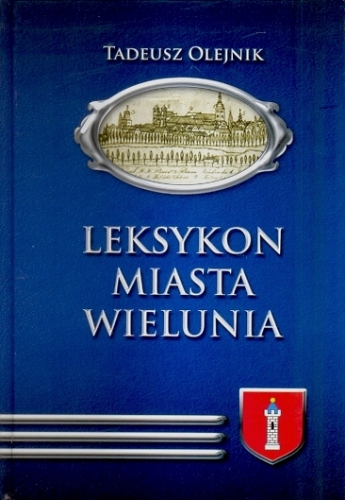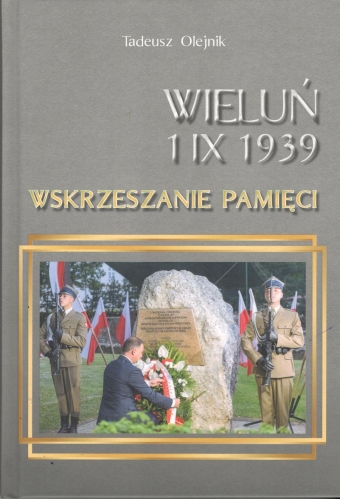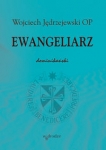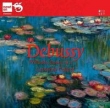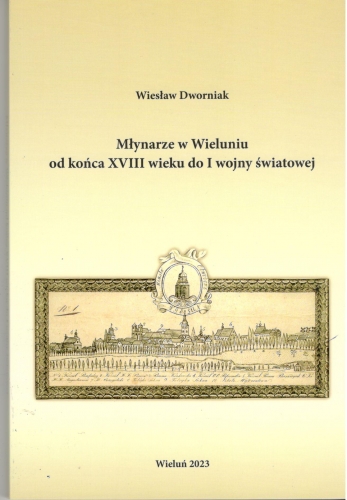Witaj niezarejestrowany
Przechowalnia
Tylko zalogowani klienci sklepu mogą korzystać z przechowalni
Preludes, Books 1 & 2
autor:
Debussy C.
Ean: 8718247712083
Liczba stron: 2
Format: 14.0x12.0cm
In 1909, when Claude Debussy began work on his Préludes for piano, he could look back on a number of recent successes, not least the British premiere of his opera Pelléas et Mélisande. He published these 24 pieces, in two books of 12 each, in 1910 and 1913; they thus date from the watershed between the composer?s impressionistic middle period and the striking neo-Classicism of his later years. The Préludes are immensely varied in character, from the tender ?Fille aux cheveux de lin? to the impassioned, brilliant ?Feux d?artifice?. Moreover, Debussy creates a quite new aesthetic by dispensing with motivic and thematic development. Instead, individual sections and melodic fragments seem merely juxtaposed or else pass seamlessly one into another.
Time and again a synaesthesis of sense and impression is found in Debussy?s works; here, the very title of ?Les sons et les parfums tournent dans l?air du soir? combines the senses of hearing and smell. The music?s associative nature is clear from a contemporary description of ?Feux d?artifice?: ?Motionless clouds of Bengal lights, from which a few sparks break
free like rockets, crackling, before slowly descending like stars, whirring suns, dazzling, multicoloured rays of light, all that shimmers and gleams in the night ? the whole magic of light lies in this music.?
Oprawa: plastikowa
Wydawca: Marketing Design
Brak na magazynie
Inne produkty tego wydawcy:
Informacje
Dane kontaktowe
| Księgarnia internetowa "booknet.net.pl" ul.Kaliska 12 98-300 Wieluń |
Godziny otwarcia: pon-pt: 9.00-17.00 w soboty 9.00-13.00 |
Dane kontaktowe: e-mail: info@booknet.net.pl e-mail: info@booknet.net.pl
|

© copyright by BOOKNET













